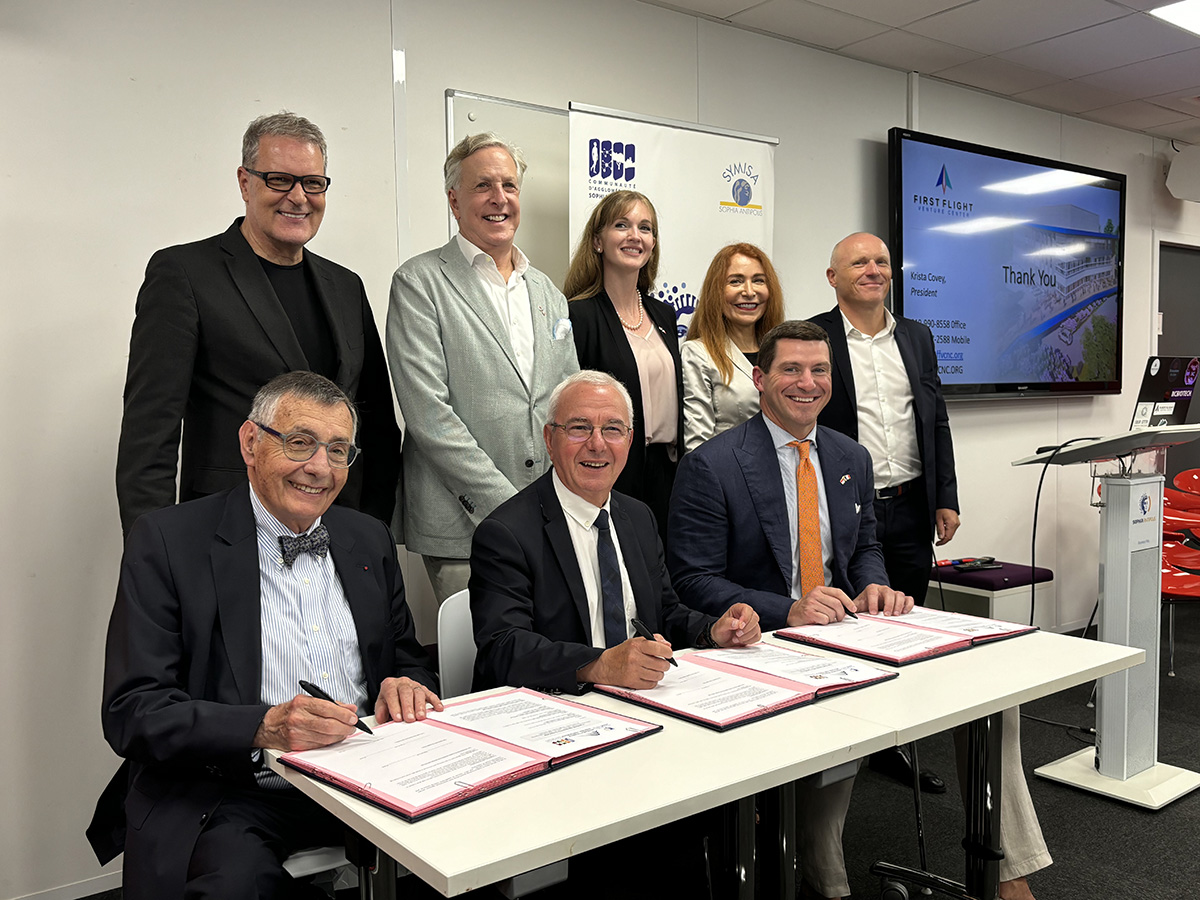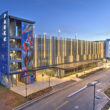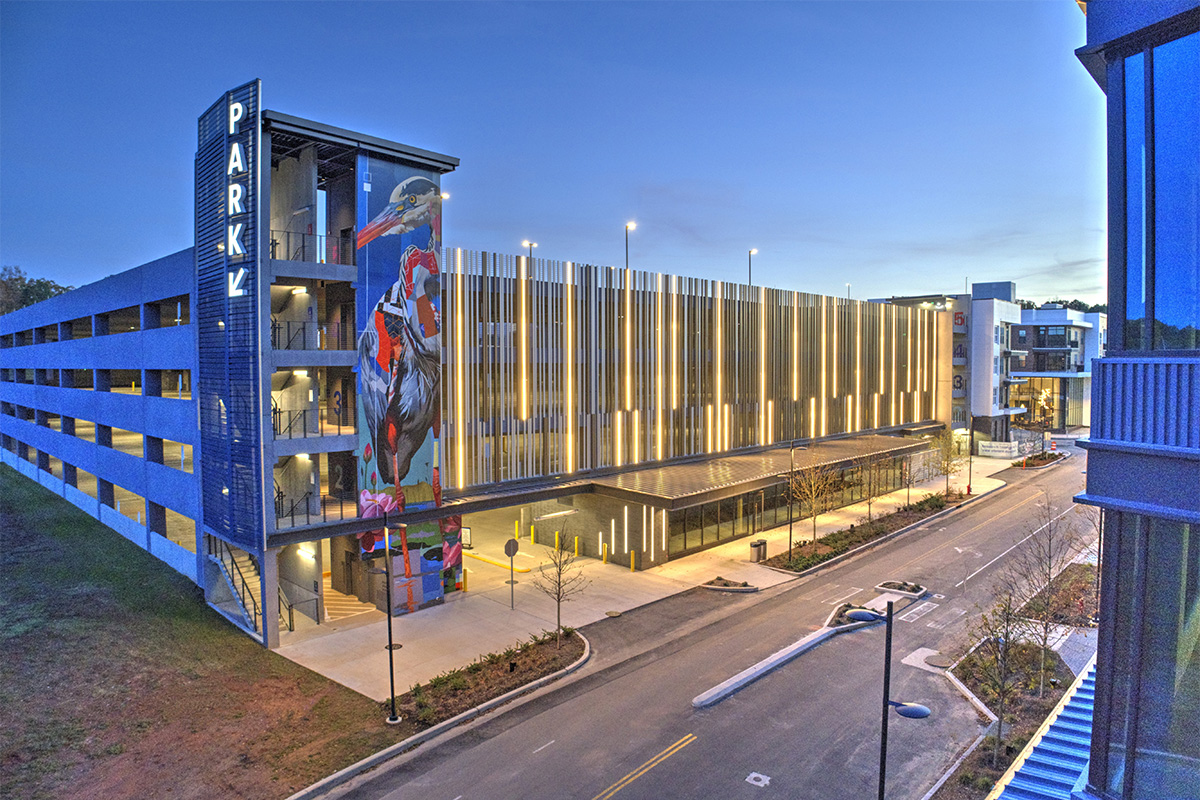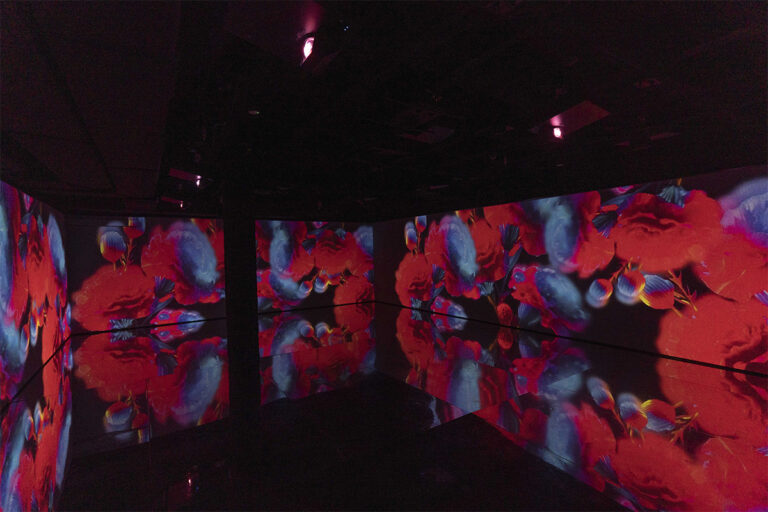
Why Europe’s smartest founders are heading to North Carolina
It doesn’t brag. It builds.
While many innovation hubs chase attention, North Carolina’s Research Triangle has been quietly assembling one of the most potent, future-ready ecosystems in the United States. Now, global investors — especially from Europe — are finally starting to pay attention.
“This is our moment,” says Ryan Combs, executive director of the Research Triangle Regional Partnership. “The time has come. The word is getting out.”
Anchored by three world-class universities — Duke, University of North Carolina-Chapel Hill, and North Carolina State University — the Triangle fuses academic firepower, private sector muscle, and public-sector ambition into a single, unified force. It’s where startups scale, biotech giants double down, and climate tech finds room to grow.

For European firms tired of expensive, congested metros and legacy infrastructure, this is a different proposition. In the last two years alone, Fujifilm, Amgen, Genentech, Johnson & Johnson, and Novo Nordisk (with a $4.1 billion expansion) have all chosen the Research Triangle Region. It’s also where the food-tech future is unfolding, thanks to a growing AgTech cluster and the world’s largest cultivated protein facility, currently under construction.
“You can do your R&D at NC State’s Centennial Campus and your manufacturing 30 minutes down the road,” says Combs. “The workforce is trained. The incentives are real. And people here want to help.”
That part matters. This is a place where community colleges fly trainers to Denmark to learn from Novo Nordisk, then return to lead local workforce programs. Where international companies say it’s the easiest place in America to get a first meeting. Where three competing bank CEOs once sat at the same table to advise a visiting Polish fintech.
That rare spirit of collaboration now has a physical epicenter: Hub RTP. A $2 billion, 100-acre redevelopment at the heart of Research Triangle Park, it’s a next-generation innovation district with office and lab space, housing, trail-connected parks, and chef-led dining — all designed for a post-pandemic world where talent expects more than just cubicles.
“Hub RTP is the future of how we live, work and play,” says Combs. “It’s not just where companies will land. It’s where ecosystems will grow.”
It’s also becoming easier than ever to access. Raleigh-Durham International Airport connects directly to Paris, Frankfurt, London and Reykjavik. The Triangle Mobility Hub, a planned 19-acre transit development, will soon tie the region together with bus rapid transit, cycleways, and rail. Even North Carolina’s power grid is investor-friendly: 55 percent carbon neutral today, with nuclear, solar, and hydrogen-ready infrastructure already in place.
“In the Triangle, you don’t chase access. You get a meeting, a partner, and a plan.”
Ryan Combs, executive director, RTRP
Venture capital knows what’s happening. Sixty-eight percent of all VC in the state flows into this corridor. What’s newer is the rise of the bioeconomy. A $170 million Plant Sciences Initiative at NC State. A Bezos Earth Fund–backed Center for Sustainable Protein. Believer Meats. AgTech meets biotech meets climate innovation — and Europe should take note.
“Regions like Denmark, France, Finland and Belgium aren’t just visiting us,” Combs says. “They’re signing MOUs. They want long-term partnerships. And we’re ready for that.”
This is not just another pitch for the next hot zone. It’s a region with traction — already built, already running. Whether you’re scaling synthetic biology, battery tech, semiconductors, or next-gen food, the Triangle offers something rare: real-world readiness.
As Combs puts it, “Be curious. Come visit. This is where things are happening.”

Q&A: Ryan Combs, executive director, Research Triangle Regional Partnership
What’s the biggest myth European investors bring with them?
That you have to be in San Francisco or Boston to succeed in the U.S. It’s outdated thinking. In the Triangle, you get access, support, and speed — with less noise and lower costs. You’re not a small fish here.
What’s the tipping point that moves interest into action?
A visit. Always. I can tell you the story from Europe, but when people walk the sites, meet the people, feel the pace — everything changes. You feel the ambition, but also the hospitality.
How does your team keep companies supported post-landing?
We stay close. We’re not “one and done.” We plug companies into networks — university partners, community colleges, mayors, supply chains. We make sure their first 12 months are their strongest.
AgTech and the bioeconomy are getting attention. Why now?
Because it’s converging. You’ve got food, climate, health, and biotech colliding in real ways. The Bezos-funded protein center, Believer Meats, the Food Innovation Lab — all here. It’s not a pitch. It’s happening.
And your message to a European founder or funder reading this?
The conditions are right. We’re not building the runway. We’ve built it. Now we’re inviting you to land.
The word’s out. Don’t wait until everyone else gets here.









